Volvo is currently testing a British-designed flywheel energy recovery system, which reduces fuel consumption by more than 25 per cent, while costing just a quarter of the factory price of a conventional battery-electric hybrid.
The Flybrid KERS (Kinetic Recovery System) has been fitted to the rear axle of a test Volvo S60 saloon and can be used to assist the petrol engine that drives the front wheels. It can be used either to enhance performance, knocking 1.5 seconds off the 0-62mph time of the 254bhp S60 T5, or it can be used in economy mode to reduce Co2 emissions.
The flywheel system is based on a conventional flywheel which runs at a maximum of 60,000rpm and can deliver up to 80bhp. Kinetic energy is stored in the flywheel – which runs in a true vacuum – for 20 minutes before it begins to disperse.
At full deployment, the S60 prototype gets a 10-second power boost. However, Volvo says that conventional brakes develop such a huge amount of energy that even gentle braking for eight seconds will fully recharge the flywheel. A Toyota Prius hybrid would take three times as long to store the same amount of energy, it’s claimed.
This new system is more sophisticated than previous flywheel systems because it drives the rear wheels through a continuously variable transmission built by Torotrack. Using a geared connection between the rear wheels and the flywheel also means that the flywheel can be spun up to speed more quickly than by direct drive from the rear wheels.
The core of the flywheel is made from steel and it is wrapped in a 10mm layer of carbonfibre. The flywheel runs in a vacuum and drives the Tototrack CVT – which uses tilting rotary discs to transmit the power. This, in turn, drives a series of gears slowing the drive output so it can then directly drive the car’s rear axle. The whole set-up in the prototype weighs around 60kg, far less than a battery-electric hybrid.
While this particular rear-drive set-up is unlikely to reach production, a future version will see the flywheel and Torotrack ‘box integrated into a front-wheel drive transmission. Volvo engineers told Autocar that “some form of KERS system” would be inevitable on production cars after 2020.
While most energy recovery systems work best in urban traffic – when the driver is using the brakes often – they are much less effective on motorways. However, Flybrid engineers told Autocar that, at motorway speeds, the flywheel could be re-charged while the engine is driving the wheels.
Because it takes less than 30bhp to propel a car at a 70mph level cruise, the energy stored in the flywheel could be enough to continue driving the car at 70mph for up to half a mile, opening the possibility of high-speed ‘engine blipping’, where the engine drives the car for half a mile, before the flywheel takes over for half a mile.


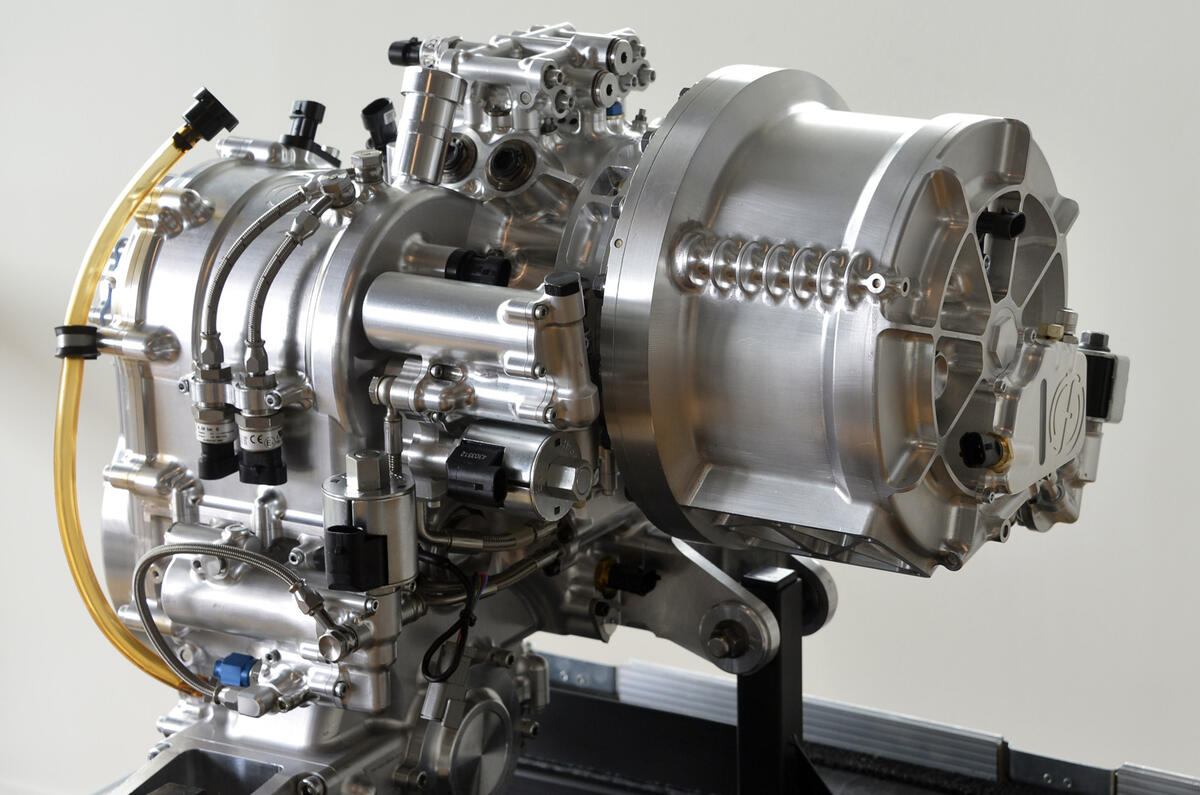
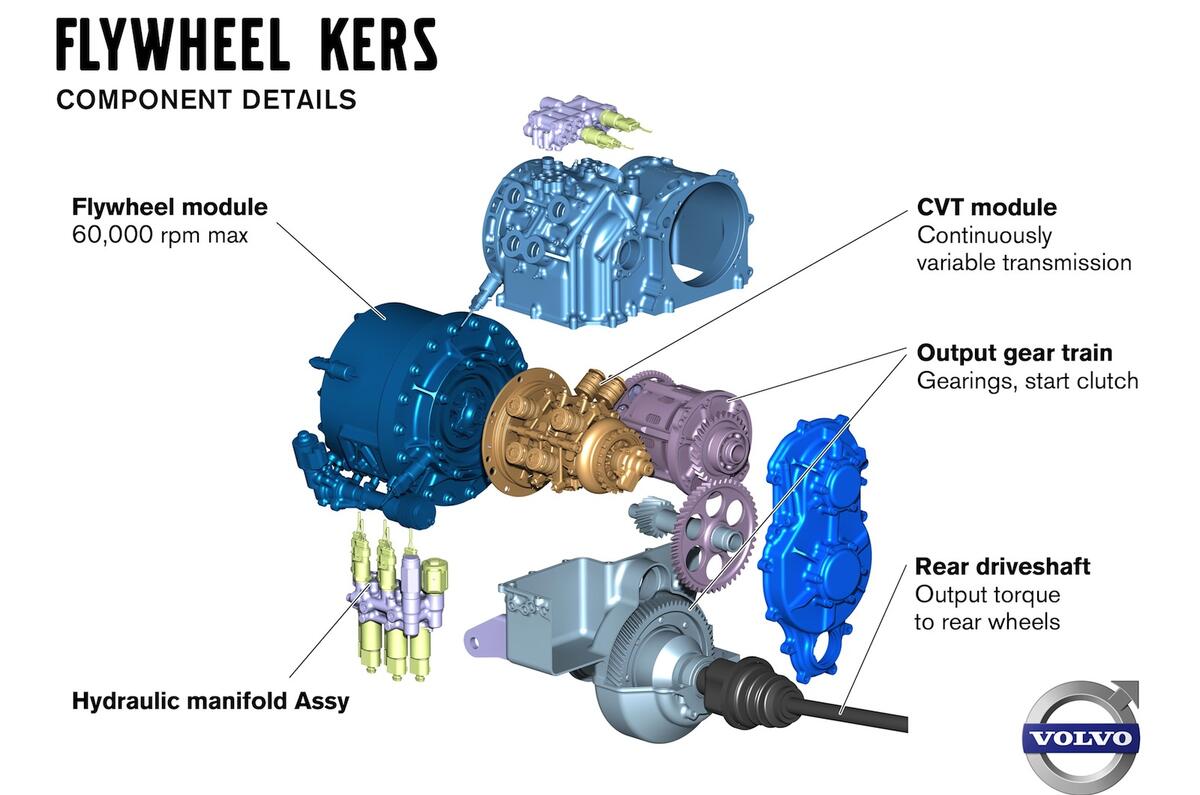
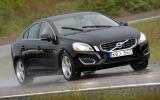
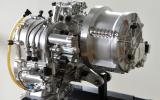
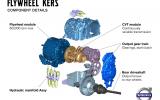


Join the debate
Add your comment
re: lardy Astra
If you think that's bad, the Eltie CDTI comes in over 1700kg...
To be fair, the Golf Bluemotion is far more reasonable at 1280 kg. Still not much different to a Prius though.
Oilburner wrote:Yep -
I do agree the new astra is much more handsome car, but that a serious weight penalty. You could get the current BMW 335i thats lighter. Actually the lower displacement 5 series will probably be kicking around that 1700. No wonder GM is struggling.
Agree brakes are for slowing
If it sounds too good to be true, it usually is
Either way, I am sceptical that a 25% improvement in fuel consumption could be achieved - although I appreciate that being able to run the engine under a decent load most of the time would reap a good benefit to add to the energy recovery aspect.